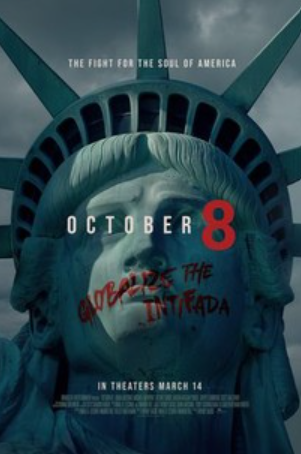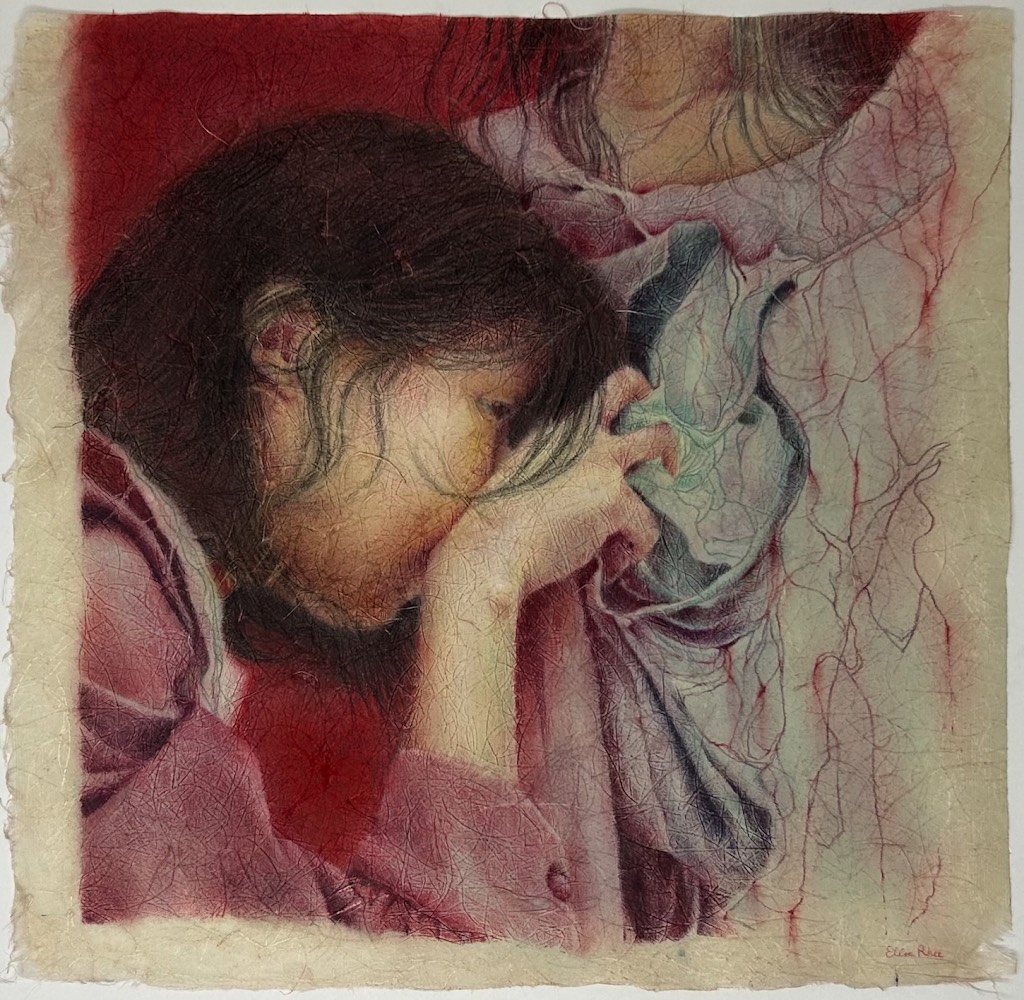Two summers ago, a track titled “Day N’ Nite” hit music blogs and indie radars like wildfire. The artist, a blossoming rap phenomenon known as Kid Cudi, made his mark as the heavily remixed song caught the eye of Kanye West and eventually spiraled onto popular radio. A couple of months later, he emerged with his debut album, Man on the Moon: The End of Day that showcased his diverse abilities to rap, croon, narrate and sing about the angst that plagued his mind. Released earlier this month, Cudi’s much anticipated sophomore album, Man on the Moon II: The Legend of Mr. Rager unfortunately may divide his extensive audience due to its unruly adjustment in sound.
If its predecessor was impassioned ranting, then Mr. Rager is Cudi’s diary. The album delves deeper into rap culture’s dark abyss, as he carefully documents his odyssey into the world of fame and what seems like the dark side of the moon. As far as hip-hop existentialists go, Cudi still has the top tier.
That said, Cudi’s new album also branches from his already innovative style. Although he still appears to heavily depend on synthesizers, he shifts to a quasi-rock direction on this album. Perhaps his confusion over life is mirrored in his music as Man on the Moon II is a jumble of oddball sounds: ghostly samples, guitar solos, fast rap sequences and haunting rants. The dizzy friction between the contrasting genres and sounds is unrelenting and jarring in comparison to his earlier works, and this sudden shift may shy previous fans away. Despite this, Mr. Rager is still on par with Man on the Moon I.
Lyrically, Cudi still wears his heart on his sleeve, so to speak. So much so, that he jauntily mocks other rappers for boasting about “some Apple Bottom jeans with boots with the fur” in his song “The Prayer.” Similar to Man on the Moon, the perils of drugs, fame and relationships gone awry are recurrent themes throughout his songs. In “Mojo So Dope,” he admits to “drowning them sorrows” in drugs like ecstasy in hopes of “escaping the demons.” As dire as it sounds, the song is as intoxicating and consuming as the disarraying lifestyle Cudi describes.
Cudi’s infamous love for marijuana is just as apparent on Mr. Rager. Both “Ashin’ Kusher” and “Marijuana” are overt appraisals of the effects of the plant and his need to be high to compensate for the madness of life and the lunacy of humankind. While a copious amount of marijuana references is not a new element in Cudi’s songs, he covers the topic in a desperate and almost manic way on this album–further cementing his reputation as a lonely stoner.
However, though he cries loner, Cudi is rarely ever alone on his tracks. Joining production with various artists like Mary J. Blige, Cee-Lo, Chip Tha Ripper and Kanye West (just a few of the handful of artists featured on this album), Cudi is hardly heard solo on this album. In the spirit of his sound revelation, he includes artists with varying sounds: Blige baring her soul, Kanye’s quick raps, and Cee-Lo’s cheery verses.
“Erase Me” is a prime example of Cudi’s emerging rock sound. Paired with Kanye, both artists croon about a past relationship over guitar interludes. Initially the track is shocking considering Cudi’s pedigree in rap, but after a couple listens it becomes an enjoyable exception from his drug infused-rap mold, especially with West’s cameo.
And then there are the forgettable and just-a-little-too-depressing tracks. “Trippy” is a haunting song where Cudi repeatedly half-sings the phrase “Have you gone trippy, trippy?” that yields no true substance. “The Mood” has no defining redeeming qualities as well, and could have been left off the album entirely. But in regards to Kid Cudi, it is best to celebrate the good tracks for their exploration of character and unique sounds, rather than dwell on the mediocre ones.
Oddly enough, Man on the Moon II ends on half-hearted positivity. The final track, “Trapped In My Mind” is a psychedelic (trippy, if you will) blueprint of Cudi’s psyche. Although he does admit that “things get out of hand,” he offsets this statement by claiming that “it’s not that bad at all” and that the “sun still seems to shine.”
Gloomier and cohesively darker than its predecessor, Man on the Moon II will probably narrow Kid Cudi’s fan base. This is not to say that it won’t open different doors for him, as he tugs a rawer and more emotional string in listeners. In truth, the high expectations for this album implied that anything less than a masterpiece would be a disappointment.
Despite its irregularity, we have to applaud Cudi for his musical experimentation. After all, it was this revolutionary notion of paving a new sound within the rap genre that made so many people fall in love with the self-deprecating loner. Rumored to be retiring in pursuit of rock music, Man on the Moon II may be Cudi’s last testament as a rapper. Lucky for him, Mr. Rager will solidify his newfound legacy in the rap industry.







